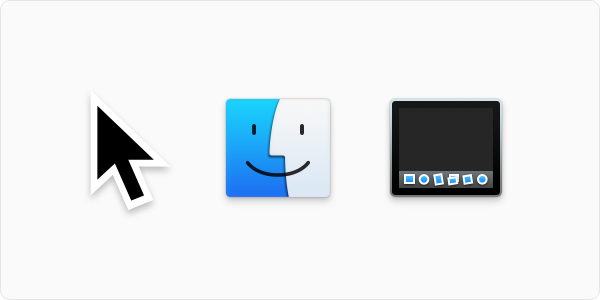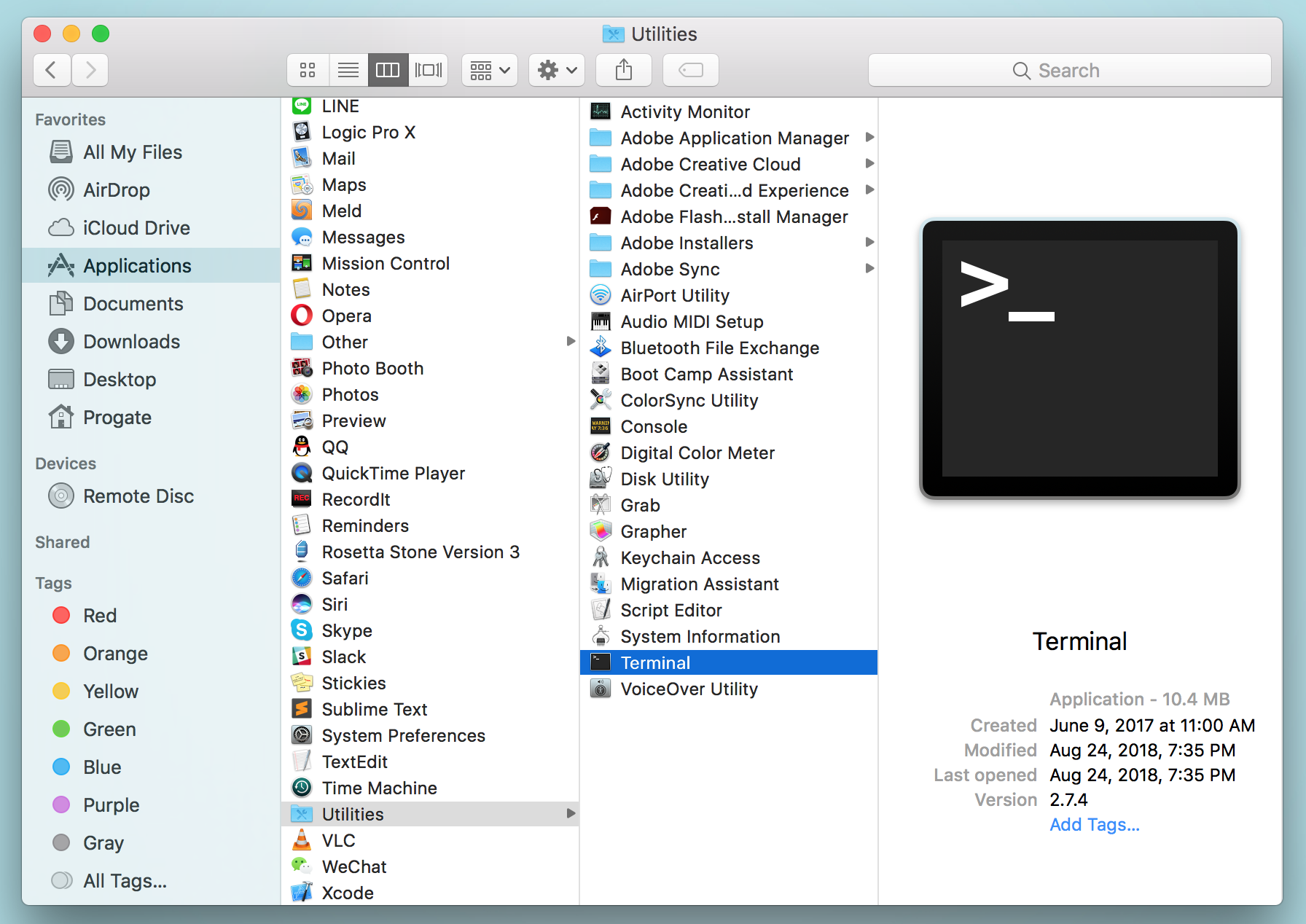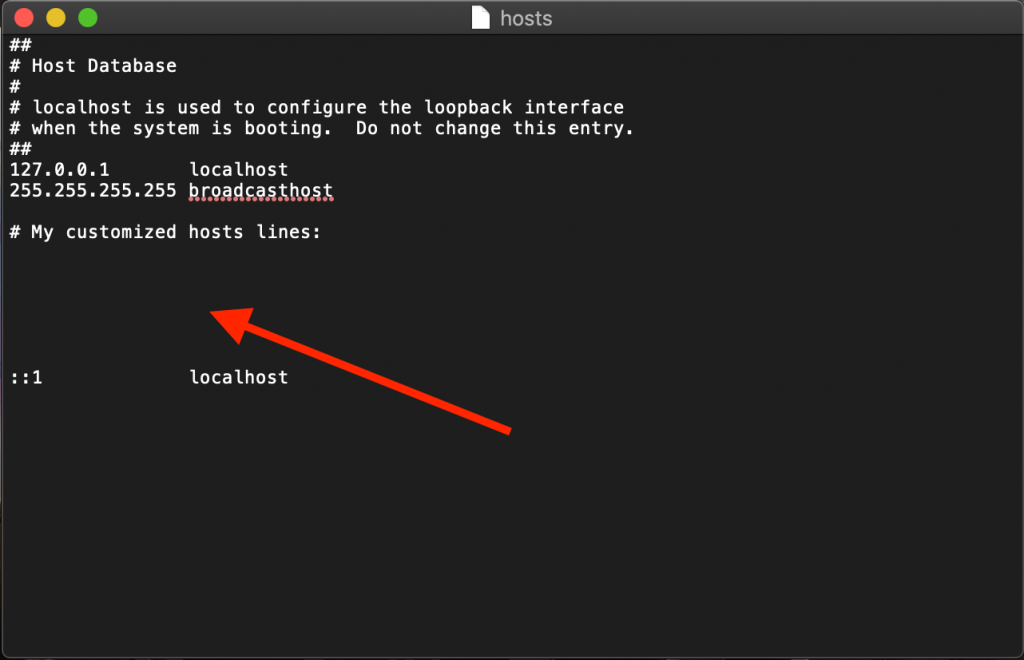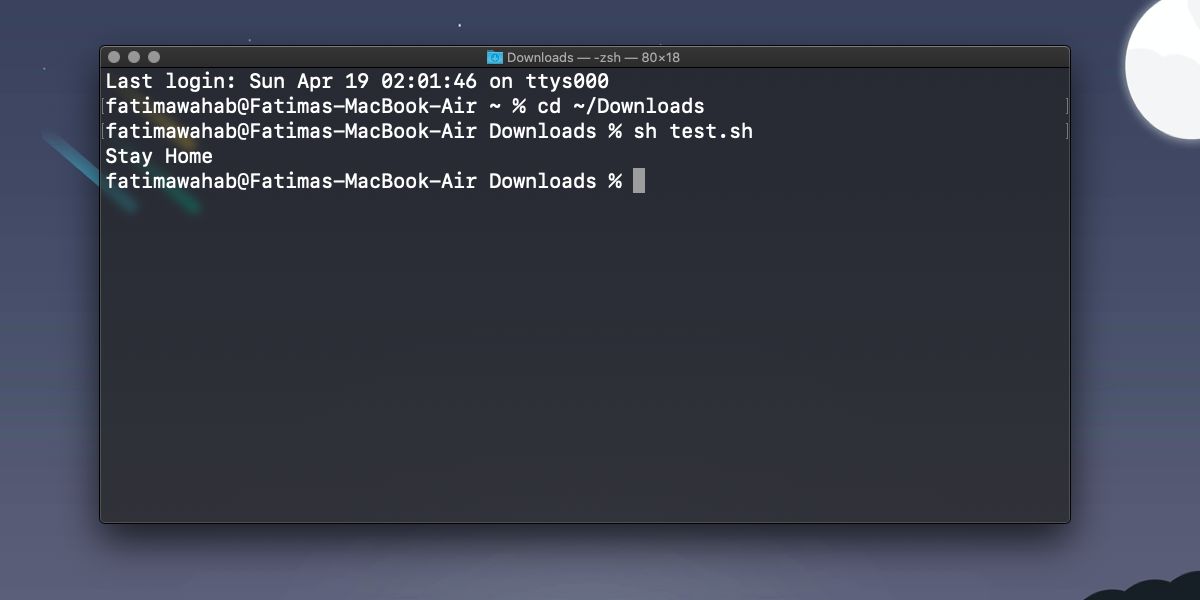
- How to use terminal mac with text editor windows 8#
- How to use terminal mac with text editor windows#
Specifying -w will cause the subl command to not exit until the file is closed. To use Sublime Text as the editor for many commands that prompt for input, set your EDITOR environment variable: Or: %s Open the given directoriesįilenames may be given a :line or :line:column suffix to open at a specific location. To the terminal when a file is closed (only relevant if waiting for a file).įilenames may be given a :line or :line:column suffix to open at a specific h or -help: Show help (this message) and exit safe-mode: Launch using a sandboxed (clean) environment s or -stay: Keep the application activated after closing the file b or -background: Don't activate the application w or -wait: Wait for the files to be closed before returning a or -add: Add folders to the current window Or: subl - Edit files that may start with '-' The available flags will vary per operating system – the following example is from a Mac. To see the available flags, run subl -help.

Most default PATH environment variable values should contain /usr/local/bin, so no further commands should be necessary. The exact details of the symlink command will depend on the installation location. Sudo ln -s /opt/sublime_text/sublime_text /usr/local/bin/subl If installing from a tarball, the sublime_text executable should be symlinked to subl, with a command such as: If Sublime Text is installed via one of the Linux Package Manager Repositories or a package, a subl symlink will automatically be installed into the /usr/bin/ directory. If using Zsh, the default starting with macOS 10.15, the following command will add the bin folder to the PATH environment variable:Įcho 'export PATH="/Applications/Sublime Text.app/Contents/SharedSupport/bin:$PATH"' > ~/.zprofile If using Bash, the default before macOS 10.15, the following command will add the bin folder to the PATH environment variable:Įcho 'export PATH="/Applications/Sublime Text.app/Contents/SharedSupport/bin:$PATH"' > ~/.bash_profile For a typical installation of Sublime Text, this will be located at /Applications/Sublime Text.app/Contents/SharedSupport/bin. To use subl, the Sublime Text bin folder needs to be added to the path.
How to use terminal mac with text editor windows#
How to use terminal mac with text editor windows 8#
You can also split this command up - for example, type :w and press enter to write the file to disk without quitting or type :q to quit vi without saving the file.Show instructions for: Windows 10, Windows 8 Type :wq and press enter to write the file to disk and quit vi. First, ensure you’re in command mode by pressing the escape key (pressing the escape key again does nothing if you’re already in command mode.) You can save and quit vi from command mode.

Once you’re done in insert mode, press the escape key to return to command mode.

Start typing and Vi will insert the characters you type into the file rather than trying to interpret them as commands. Entering insert mode is easy once you know it exists - just press the i key once after you’ve positioned the cursor in command mode.

Position your cursor at the desired location and press the p key to paste the text you copied or cut.Īside from command mode, the other mode you need to know about is insert mode, which allows you to insert text in Vi. Move your cursor to select text, and then press y to copy the selected text or x to cut it. Position the cursor at the left or right side of the text you want to copy and press the v key. You can select, copy, cut and paste text in command mode. There are a variety of other delete commands - for example, typing dd (press the d key twice) deletes an entire line of text. Press the x key to delete the character under the cursor. While in command mode, you can move the cursor around with the arrow keys.


 0 kommentar(er)
0 kommentar(er)
